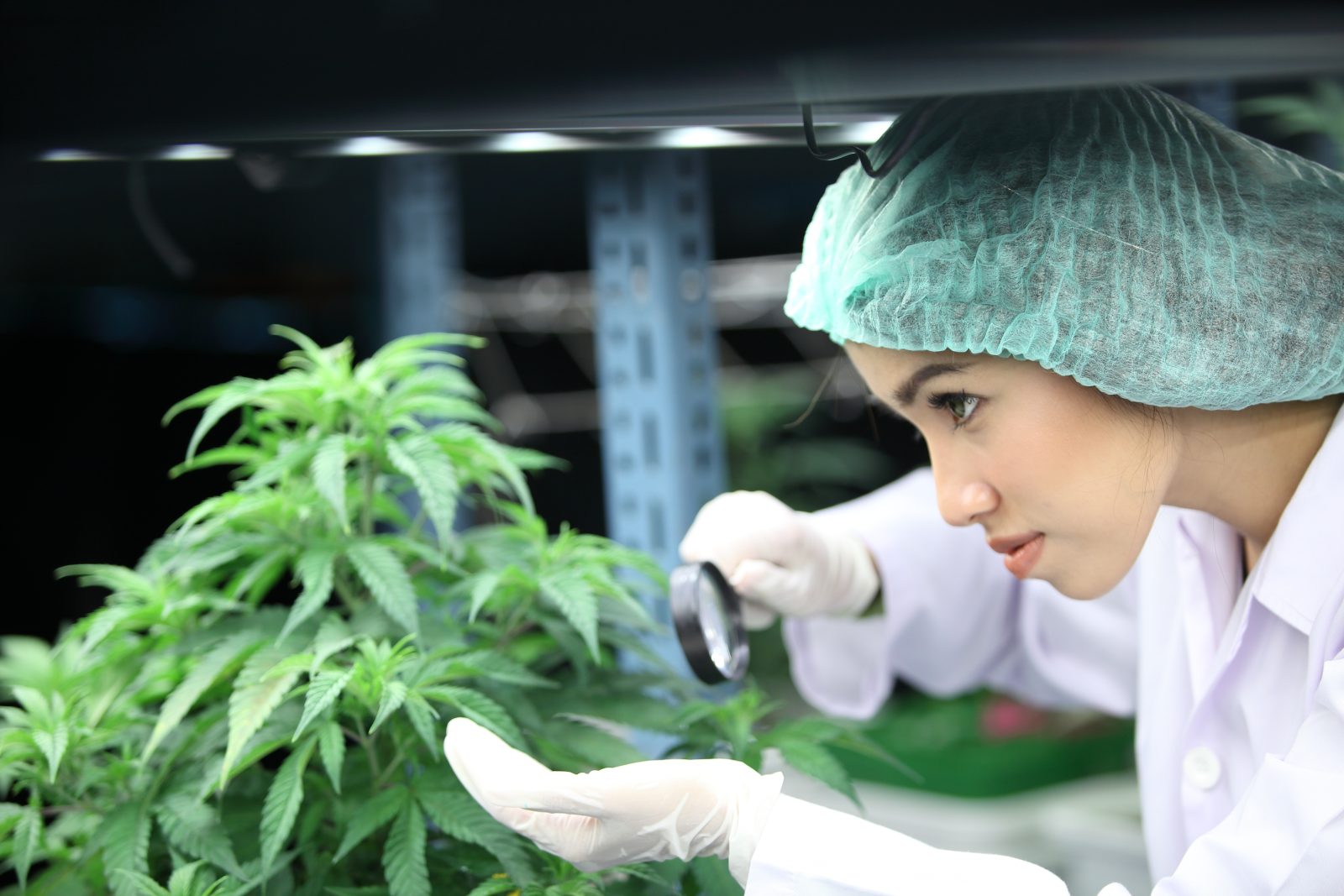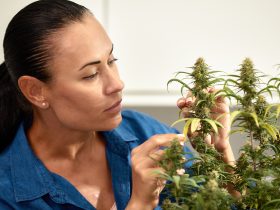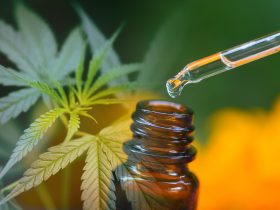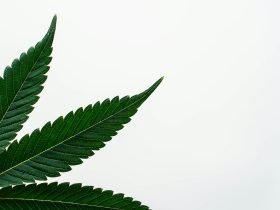Hemp and marijuana are derived from the same plant species but diverge primarily in their cannabinoid content. Many people mistakenly believe that hemp and marijuana are separate plant species. They are not separate species; they are both names for cannabis, a flowering plant in the Cannabaceae family.
While scientifically, there’s no distinction between “hemp” and “marijuana,” the legal system does recognize a difference. The primary contrast between them is the tetrahydrocannabinol (THC) content.
THC is a cannabinoid, one of the chemicals present in the cannabis plant. It’s the compound mainly responsible for the “high” sensation associated with cannabis.
What Is A Hemp?
“Hemp” refers to cannabis containing 0.3 percent or less THC by dry weight.
The choice of 0.3 percent is rooted in a concept from the book “The Species Problem in Cannabis: Science & Semantics” by Ernest Small in 1979.
In this book, Small tackles the challenge of differentiating between hemp and cannabis, given their absence of taxonomical distinction. Small suggested the 0.3 percent threshold as a potential resolution, though he acknowledged its arbitrary nature. This precise figure was adopted as the legal benchmark for hemp in regulations like the Agricultural Act of 2018 and other U.S. laws.
Due to hemp’s exceedingly low THC content, its consumption is unlikely to induce a high.
What Is A Marijuana?
When people mention “marijuana,” they typically refer to cannabis that induces a high. This term is often used interchangeably with “weed” and other expressions.
From a legal perspective, “marijuana” pertains to cannabis with over 0.3 percent THC by dry weight. THC levels can vary in cannabis plants, with some strains engineered to contain higher THC amounts than others.
Cannabis plants are classified as Cannabis sativa, Cannabis indica, or hybrids. Each category is associated with distinct traits and effects, though scientific validation is lacking.
Historical Context and Racism
The term “marijuana” has origins steeped in racism.
During the early 20th century, Mexican immigrants migrated to the U.S. due to the Mexican Revolution, leading to an increase in xenophobic and anti-immigrant sentiments. Cannabis was legally imported across the border during this period.
Before this, the term “marijuana” wasn’t commonly used. “Cannabis” was the prevailing scientific term. However, in the 1910s and 1920s, “marijuana” became linked to Mexicans, who were unjustly portrayed as frequent cannabis users.
The U.S. government used “marijuana” in anti-cannabis propaganda to strengthen the connection between cannabis and Mexican immigrants. This propaganda propagated false beliefs about cannabis while perpetuating racial stereotypes. This narrative persisted into the 1930s and significantly contributed to the prohibition of cannabis. Today, there’s an ongoing debate about the appropriate term for “marijuana.”
Given its association with prejudiced and anti-cannabis propaganda, many professionals now favor using “cannabis” instead of “marijuana.”
This can be perplexing since the term “Cannabis” also encompasses hemp.
Cannabis Uses and Benefits
Cannabis seeds have negligible cannabinoid content, whereas cannabis flowers, leaves, and stalks contain higher concentrations of these compounds.
People seeking the positive effects of cannabis often choose cannabis flowers, which can be smoked or used to create tinctures and edibles.
Cannabis strains rich in THC may induce a high and are utilized for medical purposes such as pain relief. Strains with lower THC levels but more elevated amounts of other cannabinoids, like cannabidiol (CBD), can also offer benefits without causing a high.
Hemp, a form of cannabis containing less than 0.3 percent THC, can be cultivated for various products, including:
- Paper
- Clothing
- Textiles
- Animal feed
- Plastics
- Food items like hemp seed, hemp milk, hemp protein powder, and hemp oil
Hemp is recognized as a more eco-friendly option for manufacturing products like paper and textiles due to its faster growth compared to trees and other crops.
Hemp seeds are highly nutritious, serving as a protein source with substantial fiber content.
Legal Status of Hemp and Marijuana
Apart from the disparity in THC content, the legality of hemp and marijuana is another distinguishing factor.
In 2018, the Farm Bill granted permission for hemp cultivation across the United States as long as the cannabis contains less than 0.3 percent THC. This legislation also rendered hemp-derived CBD products legal at the federal level.
On the other hand, marijuana, with over 0.3 percent THC content, remains unauthorized at the federal level.
Legal provisions vary by state. While some states permit medical and recreational marijuana use, others allow solely medical usage. Conversely, there are states where marijuana remains entirely illegal.
CBD
Cannabidiol (CBD), a cannabinoid that has surged in popularity since hemp’s federal legalization, is embraced for its potential health benefits.
CBD is naturally present in all cannabis plants and can be sourced from hemp and marijuana.
Nonetheless, CBD products are considered federally legal only if derived from hemp and contain less than 0.3 percent THC.
In Conclusion
Hemp and marijuana are identical plant species. Legally, hemp is characterized as a cannabis plant with 0.3 percent or less THC, whereas marijuana refers to a cannabis plant with over 0.3 percent THC.
CBD can be obtained from both hemp and marijuana plants.
















Find Us on Socials